Tips For Buying A Good Santoor
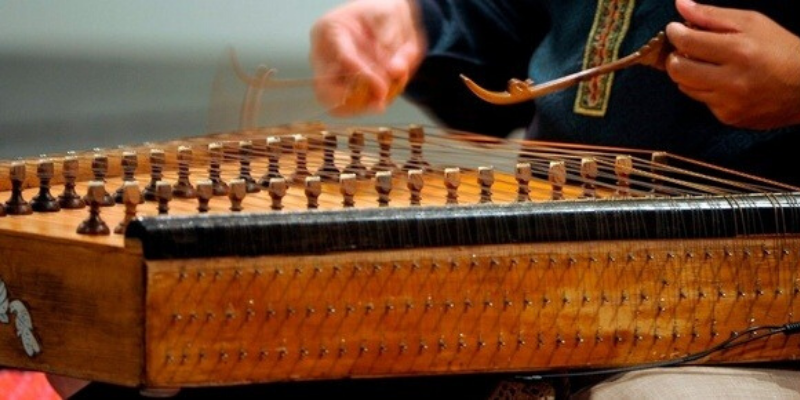
For many people music is the most important thing in their life. Being a "real" musician is more than performing. Your instruments should become an extension of your physical body. You need to know it inside out. Experimenting your instrument starts with the basics like understanding the model, how it was made and its history.
So if you are planning to buy a Santoor, it is wise you know at least basic anatomy of it. This will be a good help when you make your decision. There are various points that need to be considered before your purchase. Starting with the main subjects like history of the instrument might help you understand it more.
What is a Santoor Instrument?
The santoor instrument, sadouri or santur is a string instrument whose trapezoid body is made of hardwood. It consists of 72 metallic strings grouped in sets of four. The strings are stretched over wooden bridges which are sit on the sound board. The material used in the body and bridges should be solid wood such as walnut or rosewood. It normally has two sound holes and nine bridges. Santoor’s tuning pins quite resemble to the harp.
As a musical instrument, santoor was invented in the Middle East. As the time passed, each country in the East has changed and developed their uniq model. Every country has a new version of santoor that suits their musical tunes and chords. In these days, there are several adaptations from all over the world besides Indian, Chinese and Persian models.
You may also like: The relationship between Persian Santoor and Indian Santoor
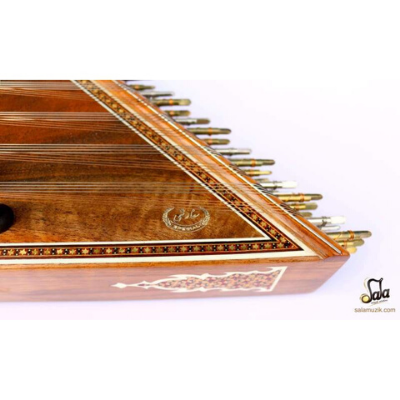
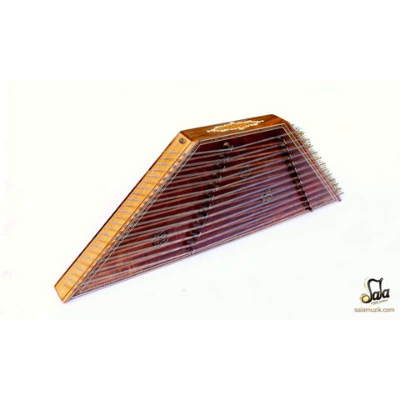
What are the different types of Santoor?
Santoor models can vary depending on its origin, its tone or special preferences of popular makers.
There are two different styles of Iranian santoor based on the bridge numbers.
- Nine kharak santoor has eighteen bridges, nine bridges on each side. It is the most common Iranian model and has 27 notes to play.
- Twelve kharak santoor is similar but it has twenty four bridges and this gives it a wider range from E’ to A'.
An Indian santoor instrument has some limitations based on its shape. Some parts of the instrument can only be played in a specific octave. This could cause some differentiation of the mode. The player cannot play the same basic melodic patterns in different octaves and it creates some limitations on complex musical pieces.
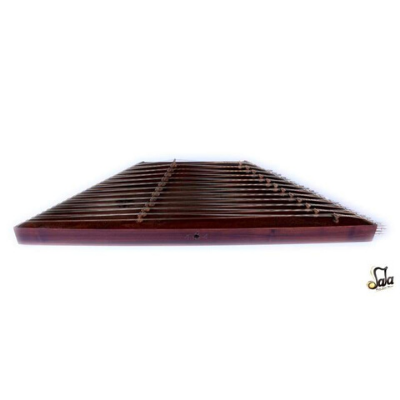

To be able to beat this limitation you could choose an Iranian Kharak Santoor with 12 bridges. This model is not very common, but it has its own fans. Twelve Kharak Santoor has a little bigger range and this helps a smooth transposing for non-diatonic notes. It allows players to work better on modes and performs a right tune.
For further information see our Santoor Collection
Do I need a case for my Santoor?
Case of a santoor instrument is a hard cover to protect your instrument from any unexpected damage. It is padded with a soft protective material and keeps santoor’s soundboard safe against shock. It also keeps the strings from damaging or any moist that could effect it when you travel. Stringed instruments are easily effected by moist so using a case is important for protecting your santoor from humid climates.
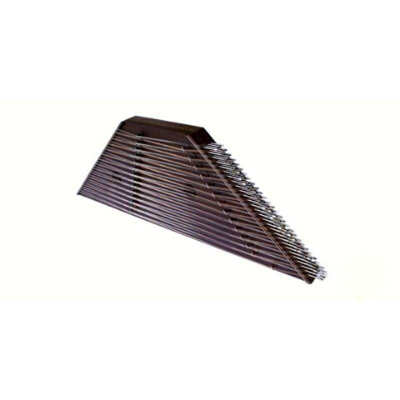

Remember, you can easily find a variety of santur models and quality santur cases to protect your instrument in our catalogue at the best value.
For further information see our Santoor Accessories
Santoor is one of the valuable music instruments from Iran, Iraq and India harmony. It is difficult to attribute this instrument to a specific culture but these there region are the most popular with santoor instrument. It is both string and percussion features with it. You can hear vibrations between strings and you can see the players hits by using mezrab at the same time. This special instrument has some keys when you buy a good one. Let me line up them:
-
Search for the Instrument
Knowledge of instrument culture is significant step for your choice. The reason is that without knowledge of instrument, it is difficult to find out where and how you should start to play. It is more than learning playing an instrument. Culture information can broden your connection with you instrument. Also, you can learn the history and masters of this instrument. Santoor is not different from these criterion. Eventhough you do not like search for history, you can learn masters and those can help you to choose
-
Search for Features of Instrument
Inevitable part of your search is santoor features. Strings, materials, mezrabs, cases are forms of your santoor basic features. You should find these answers of these questions Which material was used in making this santoor? What kind of strings should I use if there is any snap or breaking problem? How can I understand quality mezrab and a santoor case? What kind of protection and usage conditions should I consider?. Without feature knowledge, it may create obstacle when you are buying your instrument. Also, from culture to culture, Santoor instrument features my vary. Knowing your santoor features increases your musical quality and you can get efficiency from your instrument.
For example, sometimes santoor is resembled to American dulcimer. They have some differences. Some players mention that santoor is much more ability to do when you compare with dulcimer. Knowing the suitable feature for your study can make your easy to choose.
-
Search for Right Place
Finding answers to your questions is crucial when you buy santoor. Sometimes you can hesitate to buy someone. It can be difficult to choose good one. If you have enough information about your choices, it makes easy. Try to find the place which has more options and detail informations. Also, cost is important factor. Some players sometimes give so much money to an instrument but they are not capable of this type or level instrument. In stead of that if you can find comparable price options, you can compare and when you have a question, you can get information from your seller. If you want to online shopping, try to choose music markets to safe shopping.
You can benefit from these three steps and you can find your santoor.





what are the key differences between a Turkish Santoor and an American Hammer dulcimer, which visually appear to be quite similar?
Leave a comment